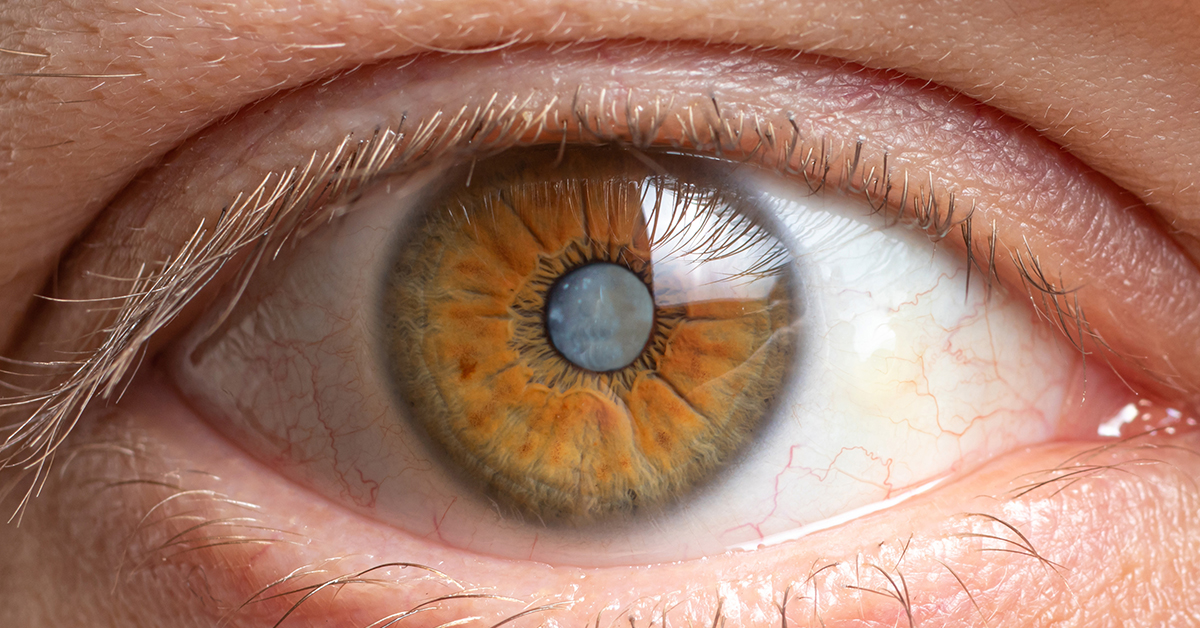Cataract Awareness Month
Posted on
June is Cataract Awareness Month! Cataracts affect most Americans around the ages of 60 to 70 years of age, and generally occur as a result of the eyes maturing normally with time. Cataracts are the clouding in the eye’s natural lens which diminishes the quality of one’s vision. Fortunately, the most common cause of vision loss worldwide is treatable. Read on to educate yourself on risk factors, warning signs, and treatment options for cataracts.
Risk Factors
The most prominent factor playing a role into the development of cataracts is age. As we age, the proteins found in the eyes begin to clump together. Over time, these clumps grow larger, expanding over more of the eye’s lens and creating a disturbance to a person’s eyesight. It’s common for cataracts to begin developing after age 50. Additional risk factors range far and wide, from behaviors like smoking and excessive exposure to sunlight, to other health conditions such as diabetes and hypertension. For a comprehensive list of risk factors and to see if you are at high risk, we encourage you to speak more at length with one of our highly-trained ophthalmologists or optometrists.
Warning Signs
Cataracts often times can progress slowly and can take years to develop to a point where daily activities are affected, such as not feeling comfortable driving at night due to glare. The most common symptom associated with cataracts is blurred vision and glare. Additional warning signs may include any of the following:
- Increased affectability to bright lights (You may notice this as increased glare from headlights while driving at night, sensitivity to sunlight, or discomfort in bright light)
- New and increased difficulty seeing in low light settings such as night time or dim lit rooms
- Decreased ability to appreciate bright colors
- Visual halos around bright lights
- Hazy, dim, blurry, or cloudy vision
Treatment Options
Now, on to the good part: Treatment! Cataracts are highly treatable. The sooner you seek treatment, the better. Initial cataract treatment generally involves a new glasses prescription, strong bifocals, magnification glasses, and/or a shift in lighting to alleviate strain to the eyes. For more advanced cases of cataracts, surgery is recommended. For more information about cataracts, click here https://eyeqvc.com/services/cataract-surgery/cataract-signs-and-treatments/.
If you suspect you or a loved one may be suffering from cataracts, don’t hesitate to reach out for help with an ophthalmologist or optometrist.
